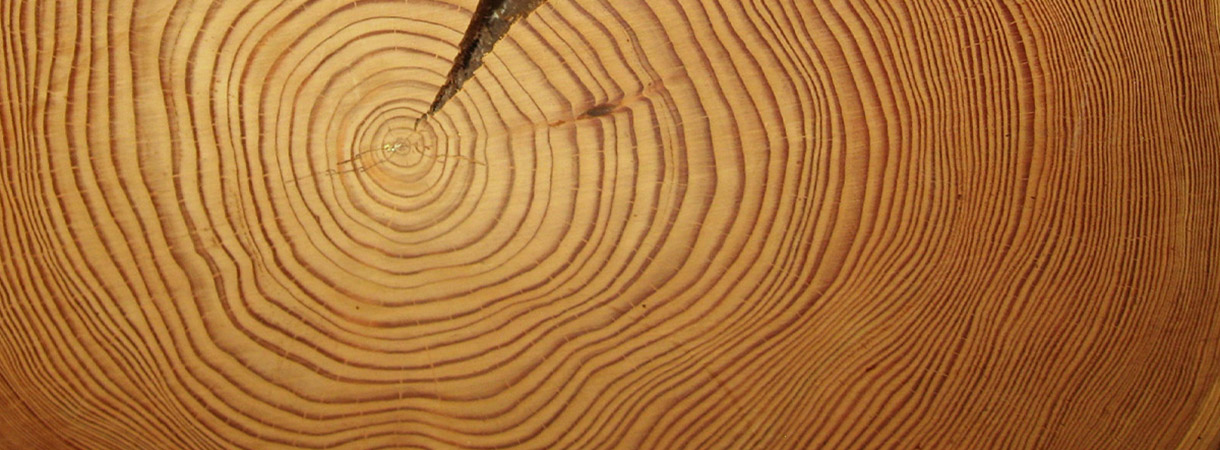Fiercest solar storm in history dated through trees growing in Lapland
Should a storm of similar magnitude occur now, it would have dramatic consequences, including damage to modern navigation and communication satellites and fatalities among the astronauts in space. A study carried out by the University of Helsinki, the Natural Resources Institute Finland and the University of Oulu pinpointed the solar storm to the spring of 774.
Published on 6 September 2018, Photo: Sanna Saari
The Earth’s magnetic field guides the particles from solar storms into the atmosphere primarily through the Arctic regions. The most visible resultant phenomenon is the aurora borealis. Particles with sufficiently high energy can also produce, through nuclear reactions, the radioactive isotope of carbon, or radiocarbon (14C), in the atmosphere. This radiocarbon merges with atmospheric carbon dioxide and ends up in the annual growth rings of trees through photosynthesis.
You can read the full story here.
